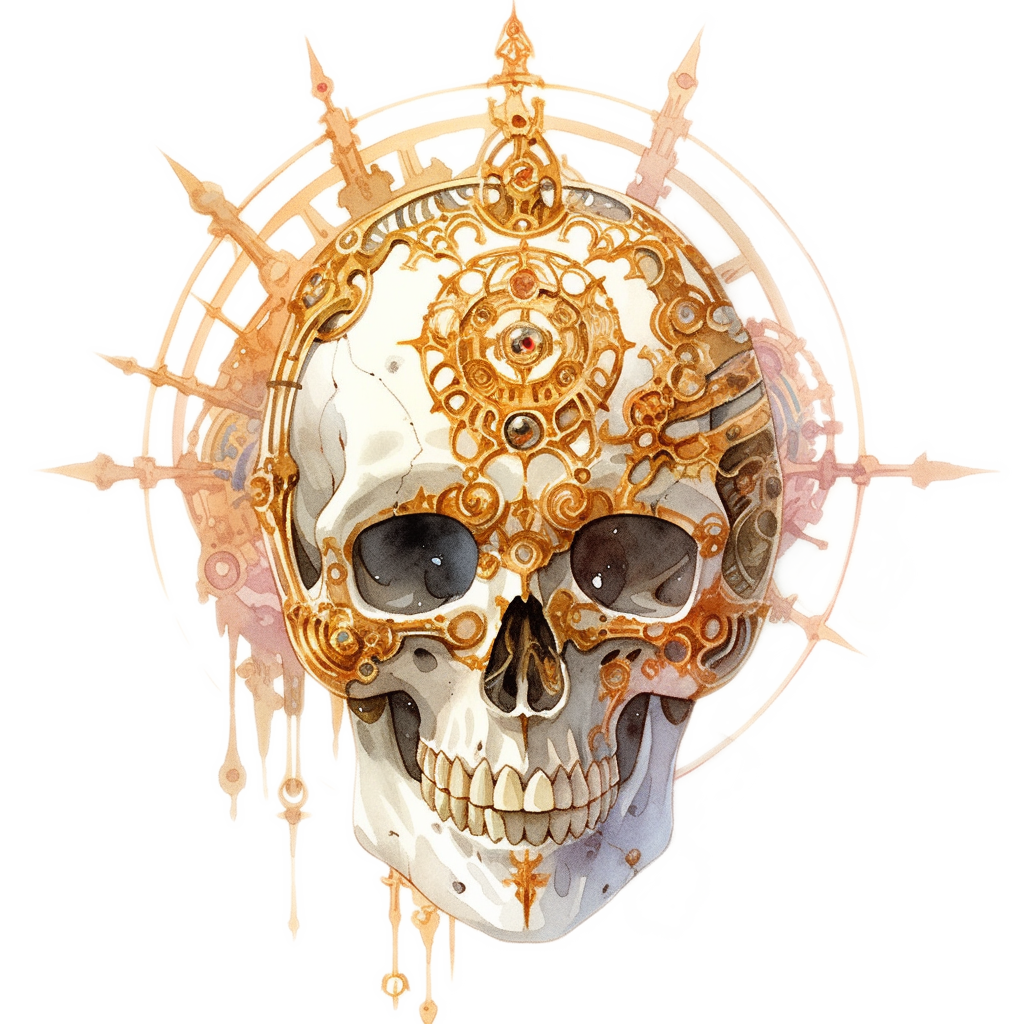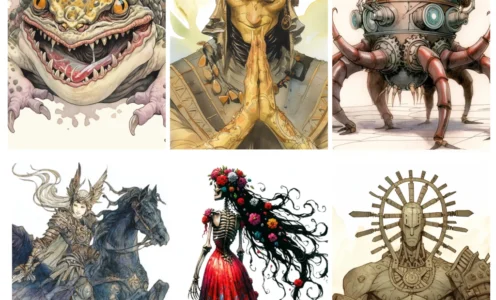[ Outsiders ] [ Celestials | Fiends | Monitors ]
[ Monitors ] [ Aeon | Axiomite | Bladeling | Formian | Inevitable | Kaiju | Modron | Protean | Psychopomp | Rilmani | Slaadi | Stranger | Thriae | Valkyrie ]
Faces of Indifference: The Monitors
While it’s easy to define the holy celestials and vile fiends, fewer cutters can define what lies in between them, let alone give the group a name. In the Great Ring, the beings who are neither holier-than-thou nor root-of-all-evil are called monitors, and they are a diverse gaggle for sure. Perhaps you’d expect that from a bunch of cutters who are defined more by what they are not than what they are.
| LAWFUL | ETHICALLY NEUTRAL | CHAOTIC | |
|---|---|---|---|
| TENDING TOWARDS GOOD | ARCADIA Formian Thriae † | YSGARD Kaiju † Valkyrie | |
| MORALLY NEUTRAL | MECHANUS Aeon † Axiomite † Inevitable Modron | OUTLANDS Rilmani Psychopomp † Stranger ‡ | LIMBO Protean † Slaadi |
| TENDING TOWARDS EVIL | ACHERON Bladeling | PANDEMONIUM ? |

Aeons
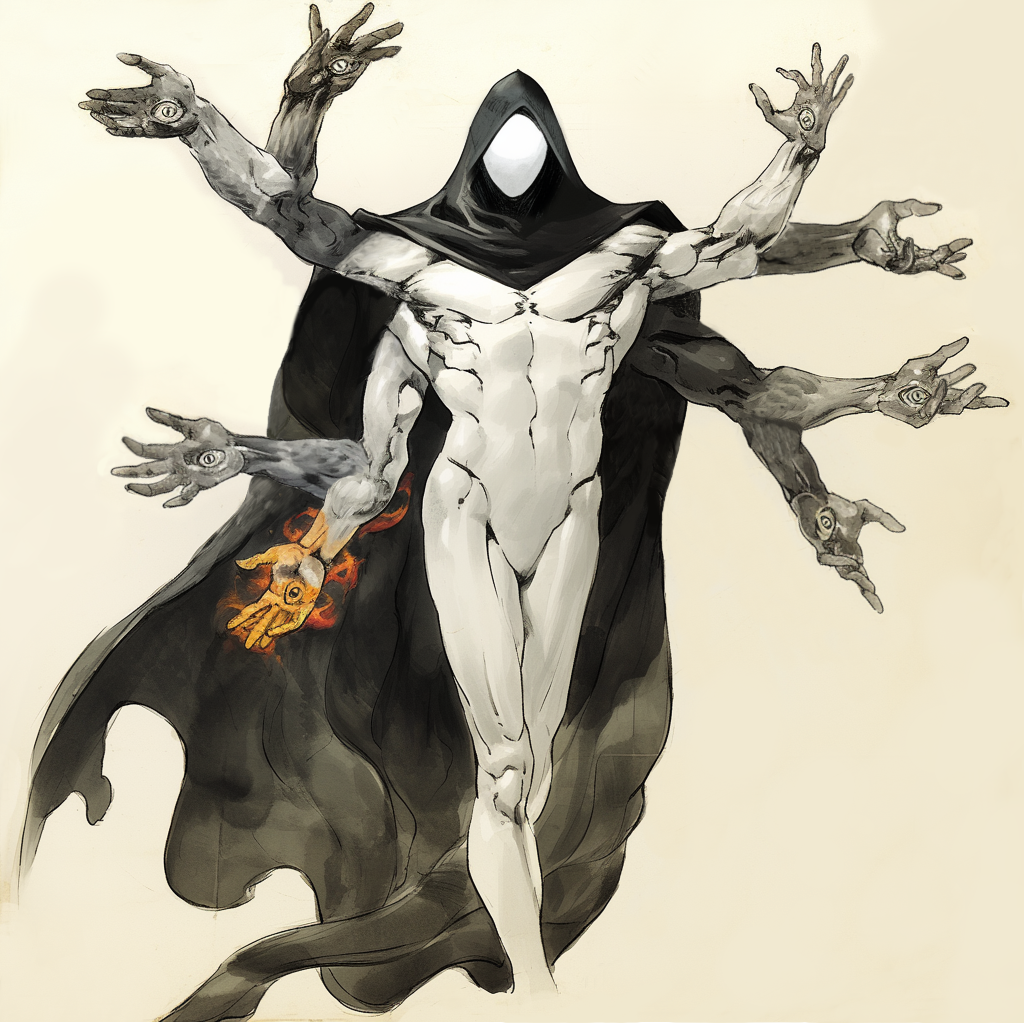
Home Plane: Mechanus
Themes: Lawful neutral arbiters of cosmic balance, embodiments of dualities, and agents of the Monad.
Philosophy: Aeons enforce universal equilibrium by neutralizing imbalances between opposing forces—such as life and death, knowledge and ignorance, or creation and destruction. Unlike rilmani, who monitor and adjust the moral and ethical scales, aeons operate impersonally and without the slightest consideration for good or evil. They might sabotage a library to curb excessive knowledge or manipulate time to prevent temporal paradoxes. They view the petty concerns of mortals as irrelevant to their mandate, and intervene in the multiverse only when they judge that cosmic laws have been breached. Aeons clash with proteans and less frequently, with inevitables, for manifestations of both chaos and overly rigid law are potential destabilizers of the multiverse.
Paragons: The Monad is the inscrutable source of all aeons, and is thought to be the only paragon. The chant goes that the Monad somehow represents the collective consciousness of the multiverse itself. It is a singular entity that is connected on some level to all aeons and none. Aeons themselves seem to exist outside the cycle of souls. They are not created from mortals reaching their afterlife, but rather the Monad generates aeons as they are required, and recycles them again when their tasks are completed, which could take moments or millenia.
More chant on the mysterious aeons here…
Axiomites
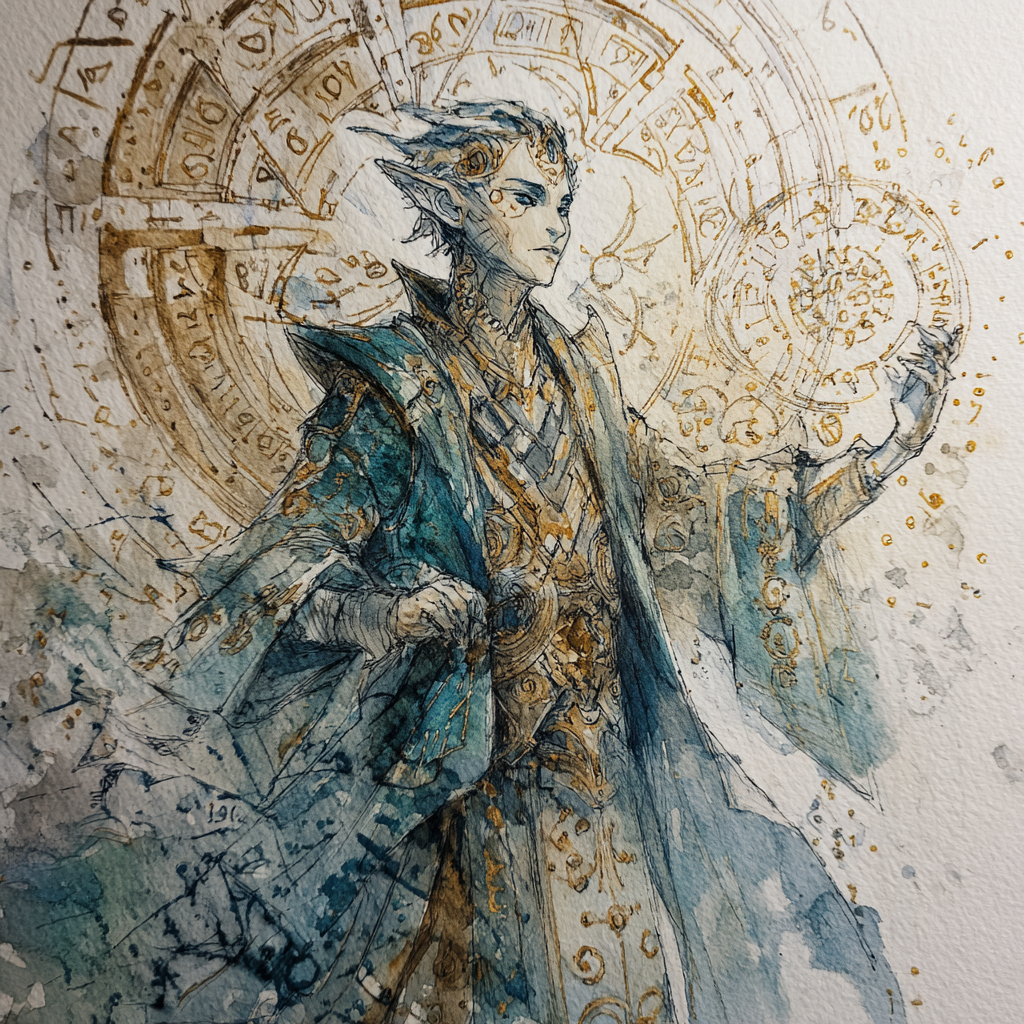
Home Plane: Mechanus / Axis
Themes: Lawful Neutral embodiments of mathematical proofs, perfect geometry and equations so complex they have become self-aware
Philosophy: Axiomites are formed when truly lawful souls crystallise into outsiders of pure mathematical logic in the afterlife. Axiomite society is organised into three pillars—Formulation, Examination, and Synthesis.
The Formulators seek to expand the mathematical and geometric knowledge of the axiomites, researching fundamental formula and delving into the inherent properties of the multiverse. They are the most creative and intellectual of the axiomites, the researchers and dreamers. The Examiners are the methodical calculators, reliable and precise, who gather data on the multiverse, correct errors and act as an interface with beings who are not axiomites. They are the architects and administrators who ensure the city of Axis runs smoothly. The Synthesisers are the practical builders, designing and constructing inevitable enforcers in the gigafactories of Neumannus.
Paragons: The Godmind is the gestalt collective consciousness of all axiomites and manifests in Axis as a living fractal. Axiomites view chaos as a solvable equation. Whether it can be solved with logic or violence however, that’s a question still be be resolved.
More chant on axiomites coming soon…
Bladelings
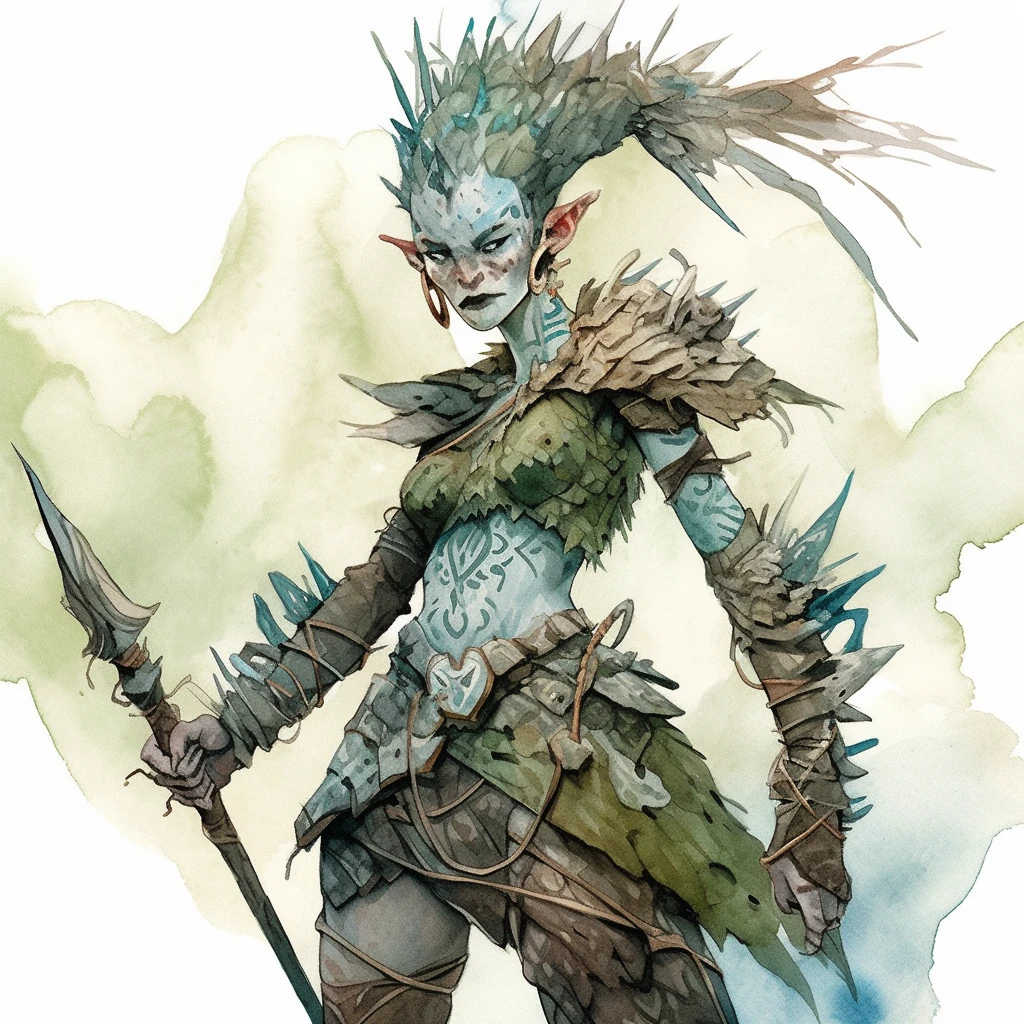
Home Plane: Acheron / Ocanthus
Themes: Xenophobic survivors of Acheron, the bladelings are warriors spiked of body and personality
Philosophy: Bladelings have adapted to the razpor-blade storms of Ocanthus by evolving metallic hides and acidic blood. Their society prizes martial prowess and distrusts outsiders. Bladelings who show excessive mercy are exiled, out from the relative safety of their armoured cities and into the vorpal wilds of the plane.
Unlike many other outsiders of the Planes of Law, bladelings do not have a hive mentality. Instead they form tight-knit clans led by warlords, that work together to raid neighbouring planes. They seek valuables, magic and foods that they cannot obtain from icy Ocanthus. Bladeline philosophy hinges on survival through strength, and they view Acheron’s brutality as a crucible which forges superior beings—and finishes off inferior ones.
Paragons: It’s unclear whether bladelings are truly outsiders of Acheron, or simply planetouched mortals who’ve been here so long they’ve forgotten their origins. The paragons of the race are the warlords, and these bloods are always experienced, mighty and ruthless-minded.
More chant on bladelings coming soon…
Formians
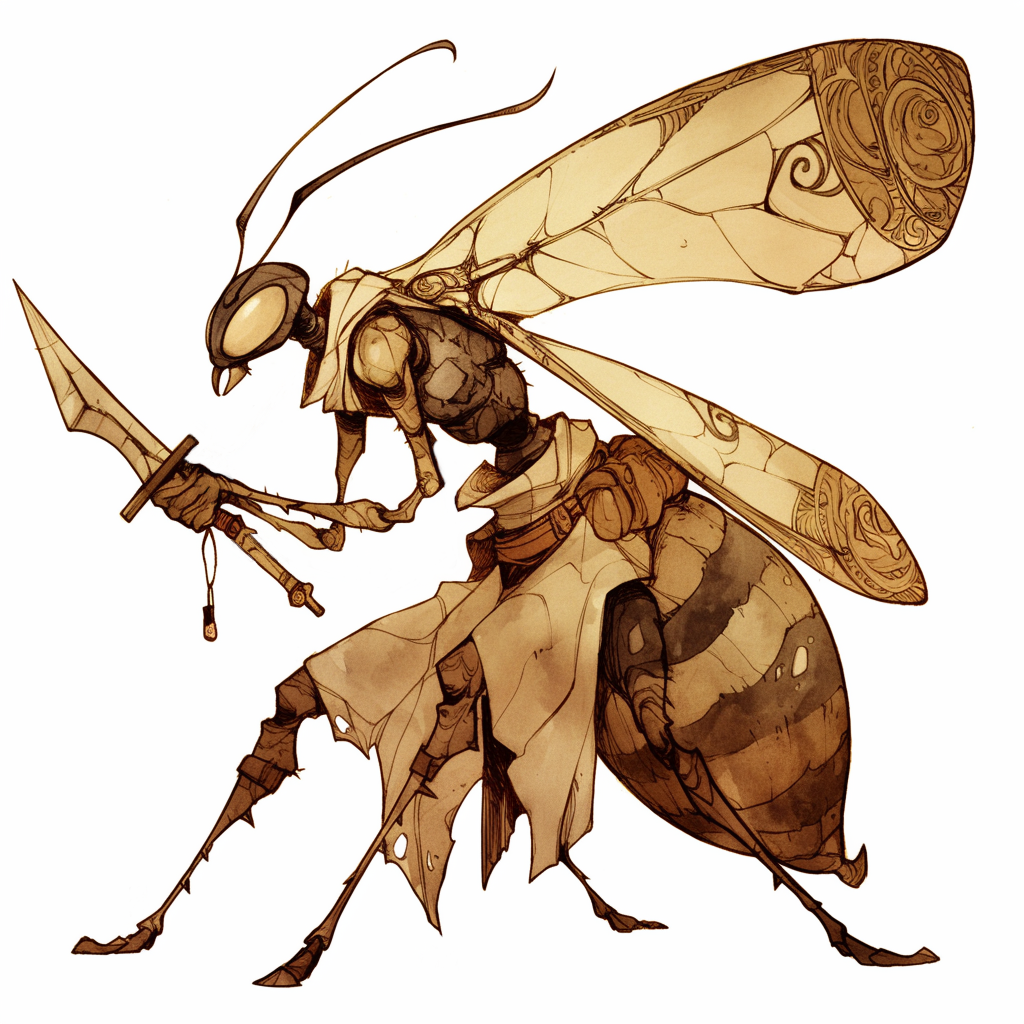
Home Plane: Possibly the Prime, but have now colonised Arcadia and Mechanus
Themes: Lawful Neutral expansionists, the formians are hive-minded colonizers, and architects of interplanar order
Philosophy: Formians epitomize relentless propagation and structured hierarchy, and they view cosmic colonisation as their natural right. Chant goes they originating from a jungle planet which they’ve transformed into a subterranean hive-network—but as a race which epitomises expansionism and conformity, their influence was always bound to spread. Once the ant centaurs discovered the Outer Planes, they haven’t looked back, and they’re now considered by many cutters to be native outsiders of Arcadia.
Out on the Great Ring, formian society revolves around the absolute authority of the queen, and below her subservient castes divided into workers, warriors, myrmarchs (generals), and taskmasters (overseers). The expansionist drive of the formians manifests in “seedpod” asteroids flung across the cosmos, embedding formian colonies on new worlds through calculated, often destructive terraforming. Unlike chaotic swarms, formians prioritize agricultural sustainability within their conquered territories, masking their hive entrances to avoid detection until their numbers overwhelm local ecosystems. Their militaristic ethos blends strategic warfare with clever magical defenses, all designed to ensure the queen’s survival above all else.
Paragons: The formian queens are the paragons of the race, and their every whim is regarded as sacred and immutable by their colonies.
More chant on the formians here…
Inevitables
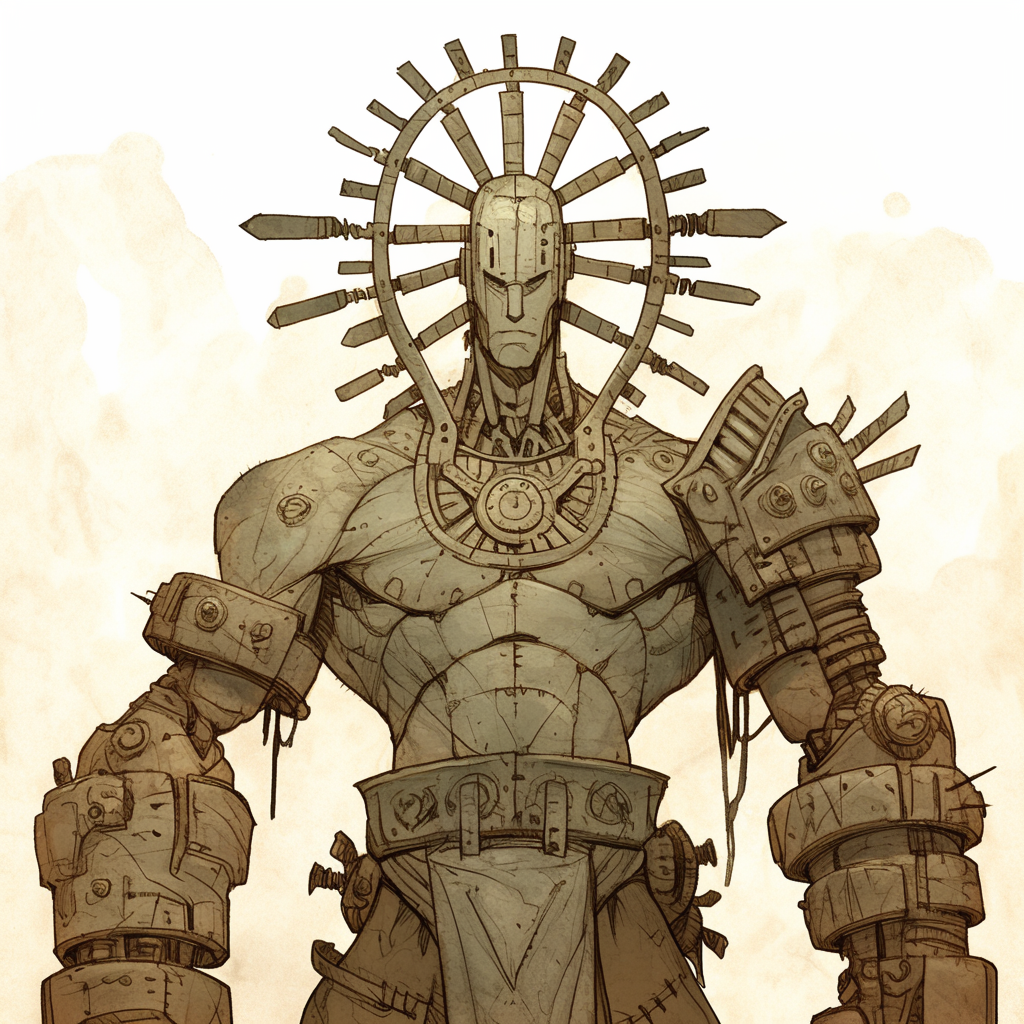
Home Plane: Mechanus
Themes: Lawful Neutral enforcer-constructs, relentless punishers of cosmic transgressions
Philosophy: Designed and constructed by synthesiser axiomites in the Adamantine Crucible of Axis, inevitables embody absolute justice. Each model has been intelligently designed for a specific duty: for example, maruts hunt death-cheaters, kolyaruts pursue oathbreakers, and quaruts police temporal violations. Virtually incorruptible and utterly single-minded, the inevitables operate independently across planes, employing logic-driven tactics to apprehend their targets. Unlike base modrons, inevitables possess limited autonomy to adapt strategies when necessary—perhaps a marut could be persuaded to negotiate with a necromancer, for example—before resorting to force. The inevitables exist because the axiomites believe that laws must be enforced impartially, regardless of moral context—and using a construct of pure logic to do this removes any kind of favouritism or partiality from the process.
Inevitables fall into two key roles—Bulwarks and Seekers. The former are strangers to Axis, for they depart the plane after their construction and head off into the Great Ring to seek out agents of Chaos and defend the Great Machine of Mechanus from afar. The Seekers instead focus on the affairs of planar beings, enforcing the laws they have been designed to uphold, or enforcing the will of their axiomite masters.
Paragons: The primal inevitables are a rare and diminishing breed, ancient in the extreme. While they were forged in ancient past by the axiomites, the secret of their construction has been lost and their numbers cannot be replenished. The axiomites guard the few remaining inevitable paragons jealously, lest they are destroyed or corrupted.
More chant on inevitables here…
Kaiju
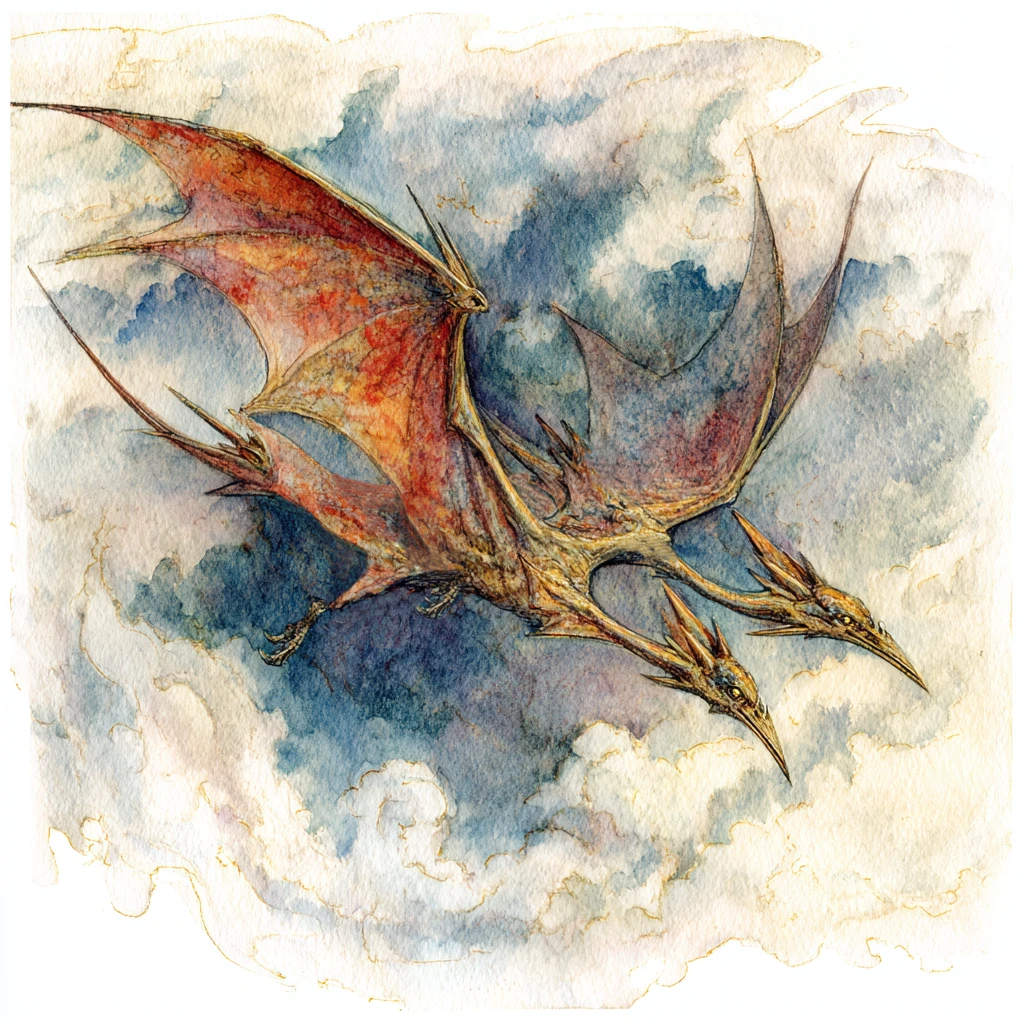
Home Plane: Ysgard
Themes: Colossal titans, living embodiments of natural disasters, calamities and world-shaking change
Philosophy: Chant goes that the kaiju exist to test civilizations’ resilience, and to challenge the might of powers themselves. Their rampages serving as Darwinian trials, ensuring only those who deserve to survive, will. These colossal beasts ignore mortal and even divine concerns, battling between themselves to prove their dominance. Fortunately there are only a limited number of kaiju, and they’re mostly kept occupied fighting one another across the shattered plane of Ysgard. It seems the plane itself has paid a heavy price for birthing them though, as graybeards theorise that the reason the three layers of the plane are fragmented into earthburgs is because of millenia of destruction wrought by its kaiju children.
Every so often one of these behemoths slips through the cracks and into the Prime, where it they inevitably cause apocalyptic destruction. And although this is of no consolation to those affected by the creatures, while kaiju are destructive, this is not from malice or wickedness—indeed, many of these creatures are simply manifestations of the brutality of Nature, magnified to an incomprehensible level.
Paragons: Each kaiju is unique and therefore considered a paragon in its own right.
More chant on kaiju coming soon…
Modrons

Home Plane: Mechanus
Themes: Lawful Neutral mechanoids, hierarchical tenders of the Great Machine, and servants of Primus
Philosophy: Modrons embody absolute adherence to the clockwork logic of Primus, operating via a rigid caste system from monodrones to secundi. The reason for their infamous Great Modron March is dark, but graybeards hypothesise its outcome guides their actions for the next 289 years. The modrons act as cosmic auditors, gathering the data to (apparently) re-calibrate the Great Machine and maintain the equilibrium of the multiverse.
What modrons lack in individuality they make up for in collective efficiency, wasting no time or energy questioning orders or disagreeing with superiors. They embody the axiom that order necessitates uniformity, even at the cost of creativity. Unlike their militant cousins the inevitables, the modrons seem to view chaos as a correctable error rather than an existential threat.
Paragons: The leader of the modrons is Primus, the One and the Prime. Their word is Absolute Law as far as the rest of the race are concerned—dissent is literally incomprehensible to these barmy boxes.
More chant on modrons coming soon…
Rilmani

Home Plane: The Outlands, especially the Ringlands, Spirelands and Spire
Themes: True Neutral mediators, adjusters of moral and ethical equilibrium, and planar saboteurs
Philosophy: Rilmani inhabit the Outlands, and work to actively prevent any outsider race from dominating by sabotaging, assisting, or masterfully ignoring, both celestials and fiends. Each caste of rilmani has its own take on how best to achieve this. Argenachs manipulate societies quietly, ferrumachs disrupt wars, and cuprilachs assassinate destabilising forces.
Their interventions are often subtle and untraceable, such as quietly arming underdog factions, whispered advice into the ears of rulers, or plans which play out over decades. Rilmani believe that balance requires constant, invisible adjustment. Unlike the aeons who care only for the physical world, the rilmani engage philosophically, for they seek to maintain the balance of belief rather than the material.
Paragons: The paragons of the rilmani are often argenachs, but can be from any of the castes, or none of them. While there is a hierarchy in the race, this does not extend to its leaders.
More chant on rilmani here…
Proteans

Home Plane: Limbo
Themes: Chaotic Neutral agents of the Maelstrom, serpentine weavers of change, creativity and catastrophe
Philosophy: Proteans seek the dissolution of the multiverse into pure potential, to try and turn back the clock and recreate the state of unfettered chaos from which most pantheon creation myths emerged. The proteans hate the structured planes of Law, and in particular the Great Machine of Mechanus. Their shifting forms and reality-warping songs reflect their militant belief that conformity is a creeping disease and stasis is death.
Paragons: A handful of strange and mighty exemplars are known, and called Protean Lords by their kin. Their forms are ever-changing, and their goals are difficult for mortal minds to understand.
More chant on proteans coming soon…
Psychopomps

Home Plane: Outlands, the Underlands
Themes: True Neutral guides of the dead, soul-curators, and guardians of the River of Souls
Philosophy: Psychopomps are the shepherds of souls, with the role of ensuring the spirits of mortals transition smoothly to the afterlife. The nosoi are crow-like scribes and companions of souls, while the strange shokti carry shells on their backs and catch spirits who refuse to pass on to their afterlives. Psychopomp are particularly offended by the undead, with crocodilian esoboks hunting down necromancers and memitim defending the River of Souls from shadow fiend soul hunters.
Paragons: The paragons of the race are called Ushers, and are a strange and sombre lot. They each represent an esoteric aspect of death, judgement or the afterlife.
More chant on psychopomps here…
Slaadi
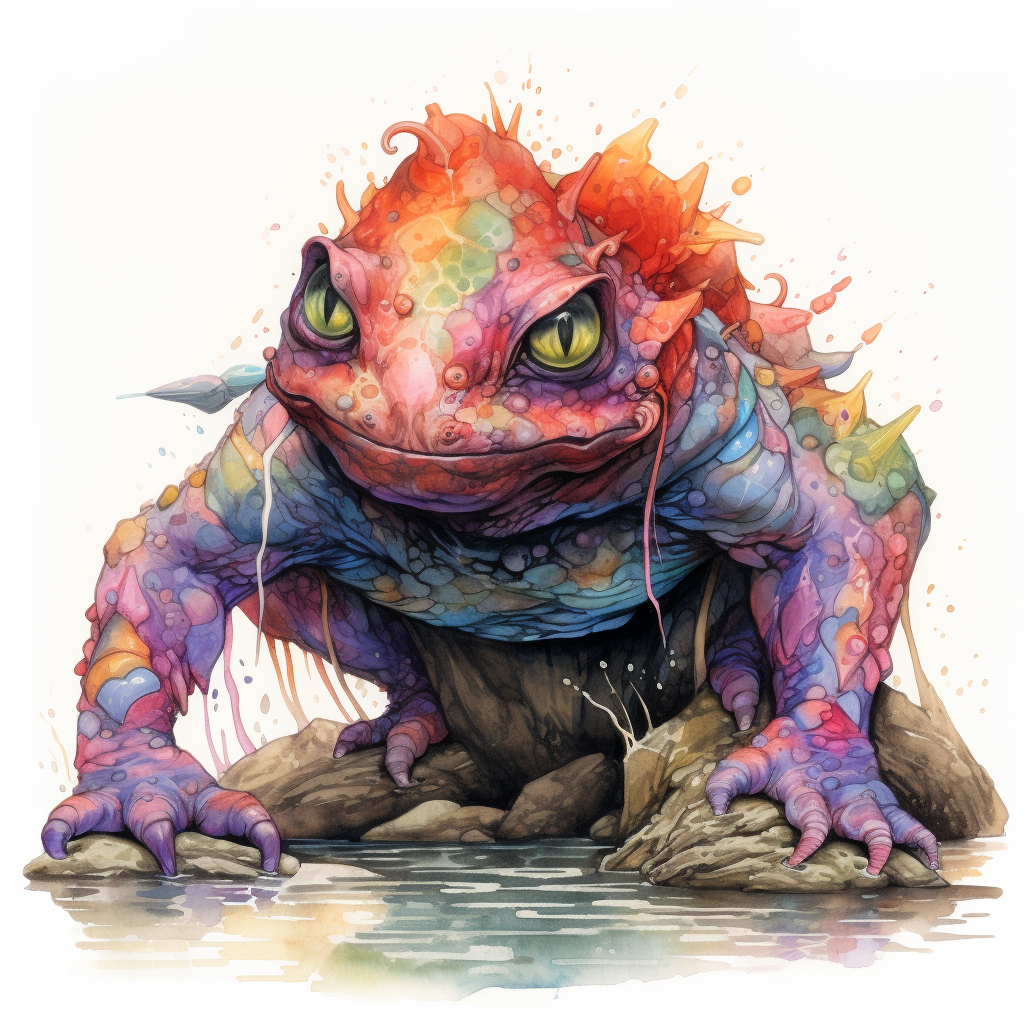
Home Plane: Limbo
Themes: Chaotic Neutral creatures of unpredictable whim, driven by hungry selfishness and an intrinsic aversion to order
Philosophy: Slaadi propagate chaos through infectious “chaos phage,” viewing reality as a game to be disordered. Red slaadi implant eggs in hosts, while gray seers manipulate events to ensure no system endures.
Paragons: The strongest-willed and most rapacious slaadi proclaim themselves Lords of Chaos. Hating pattern or predictability, their titles are more observations from the outside than any philosophical goal.
More chant on slaadi coming soon…
Strangers
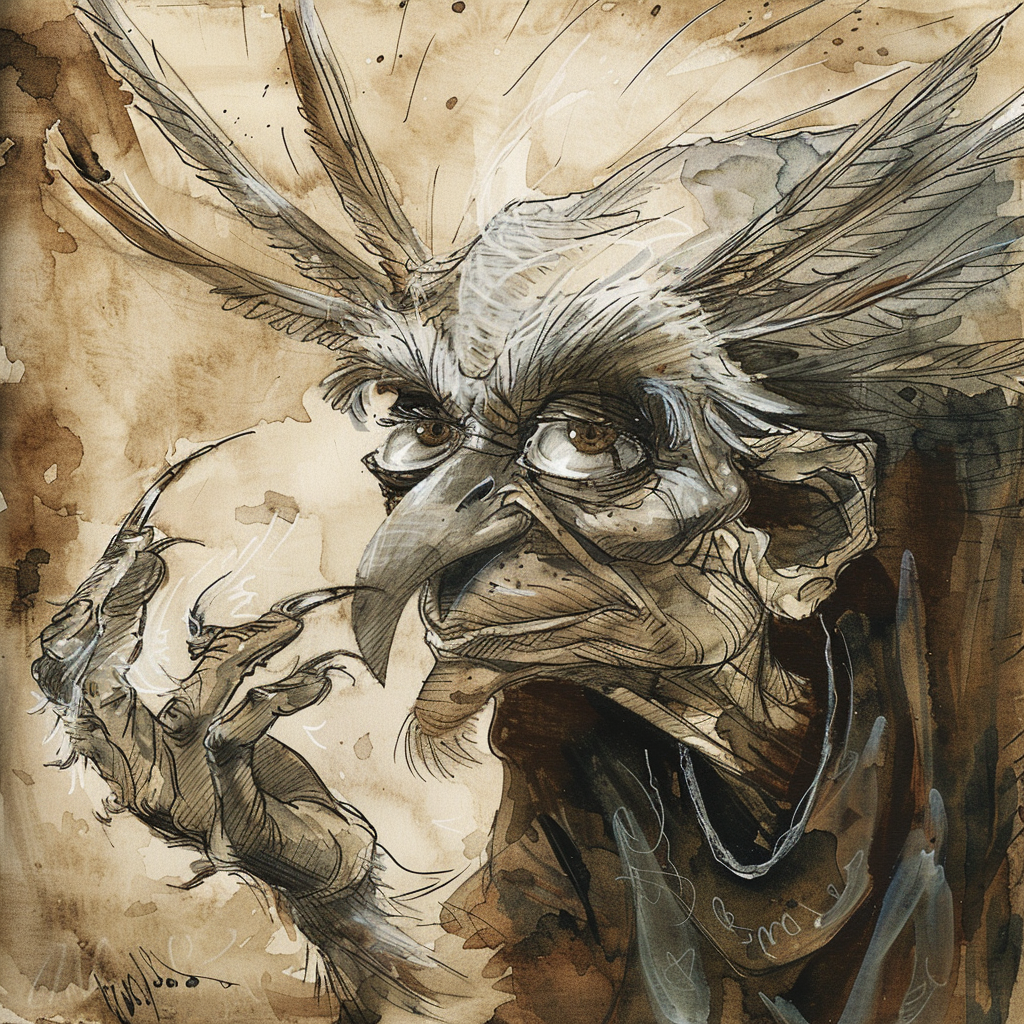
Home Plane: Outlands, the Hinterlands
Themes: Examples of Balance being maintained with extreme actions, moral quandaries, and over-compensation, by eccentric outsiders and societal outcasts
Philosophy: Strangers like Baubas (child-snatching fiends) and Belsnickel (sin-punishing gift-givers) enforce niche interpretations of equilibrium, often terrorising mortals and alienating planar natives alike. The Yggdrani, fallen rilmani, tend Yggdrasil’s saplings at the fraying edges of the Outlands. The strangers of the Hinterlands operate beyond conventional moralities, all the while viewing their paradoxical actions as necessary to correct cosmic excess.
Paragons: Each Stranger is unique and therefore considered a paragon in its own right.
More chant on the strangers here…
Thriae
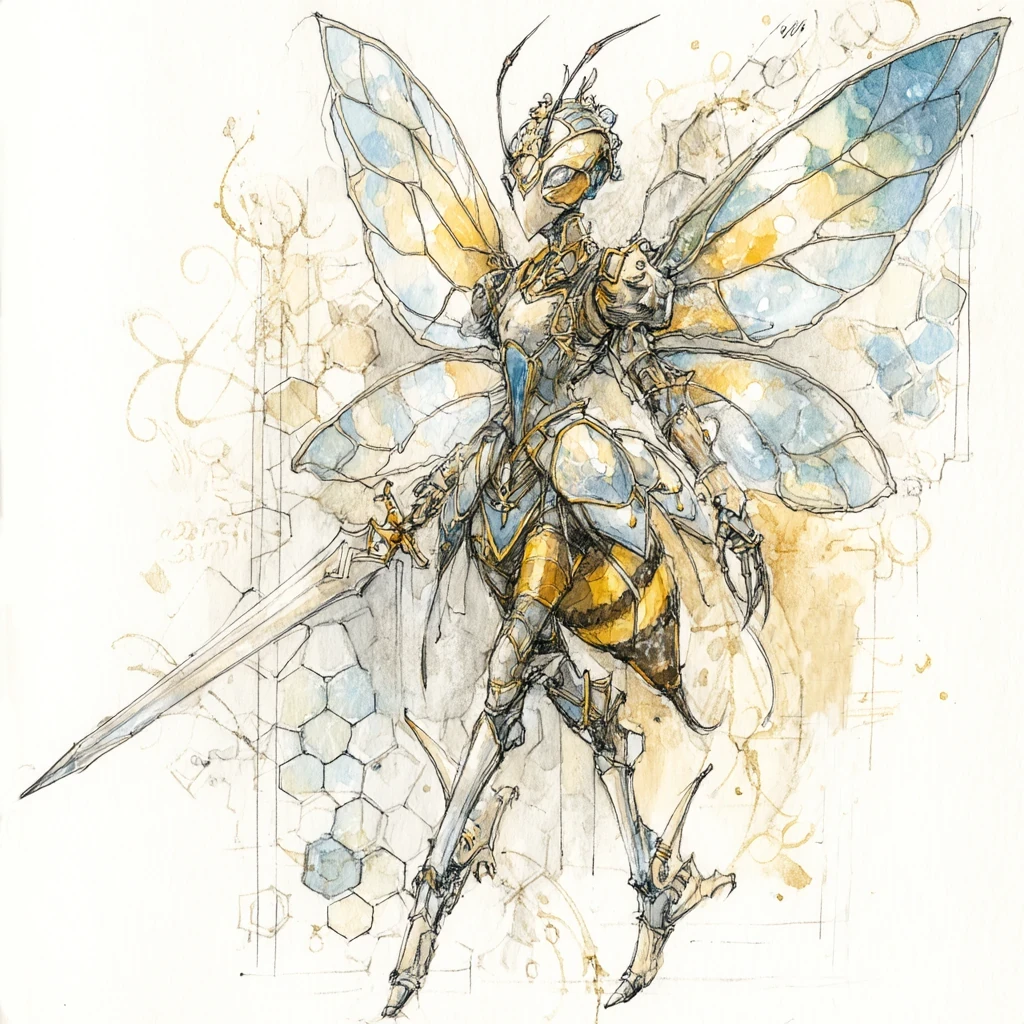
Home Plane: Arcadia
Themes: Prophetic bee-like humanoids, matriarchal mystics, and artisans of cryptic wisdom
Philosophy: Thriae societies thrive on divination and merope-induced visions, with seers guiding hives through cryptic prophecies exchanged for rare metals or male consorts. The all-female structure of thriae society revolves around a scion queen who breeds larvae stored in the walls of the Hives, while constructors build elaborate golden cities and soldiers defend against intruders.
Thriae view mortality as transient, consuming spent consorts to preserve hive secrets, and their dancers (terpsichoreans) channel merope’s euphoric effects into performances that blend art with spiritual transcendence. Unlike the cousins the formians, thriae avoid overt conquest, preferring to manipulate mortal affairs through foresight and selective alliances.
Paragons: The paragons of the race are the queens, who rule their Hives with absolute authority.
More chant on thriae coming soon…
Valkyrie
Home Plane: Ysgard
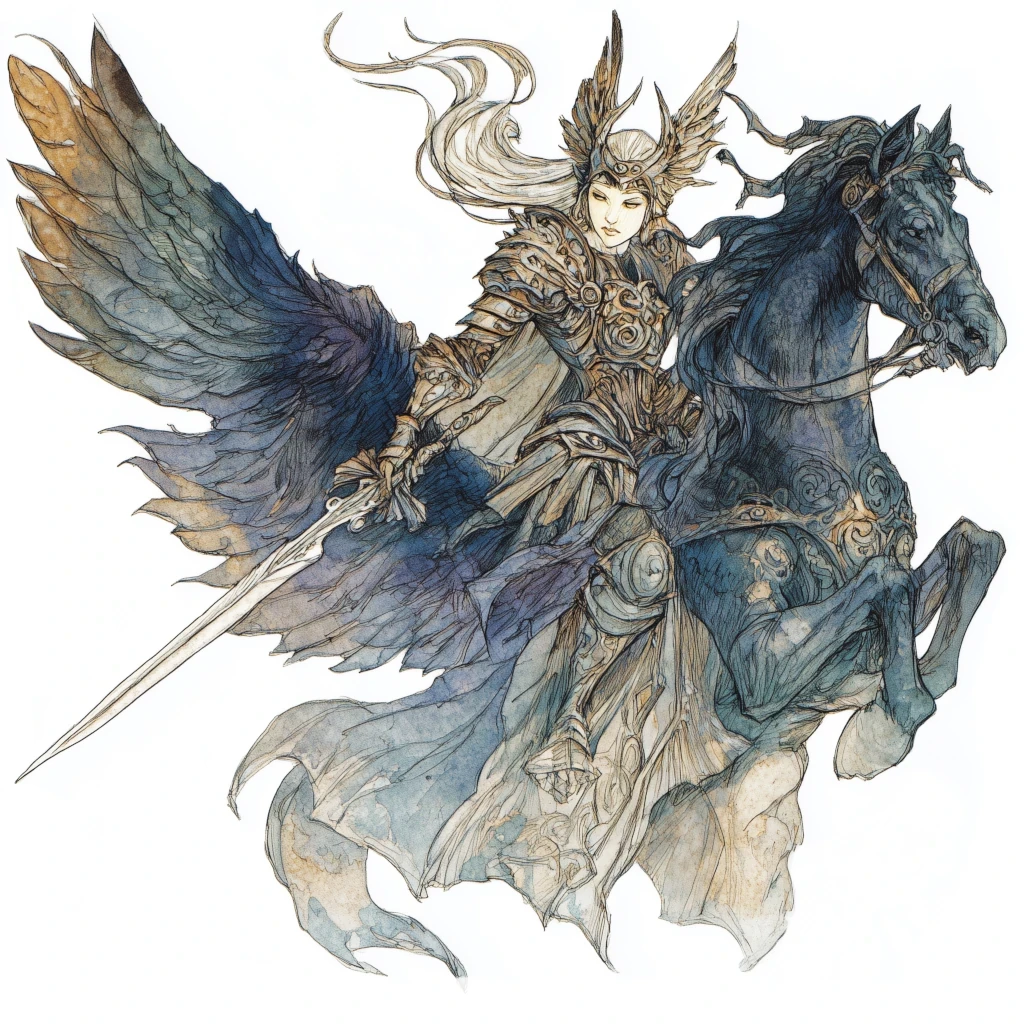
Themes: Part psychopomp, part proxy, part holy warrior, it’s said that the valkyries observe all wars and choose their champions from among the slain.
Philosophy: Valkyries honour heroic deaths, guiding souls that they deem worthy to afterlife realms like Valhalla. They enforce a chaotic form of cosmic balance, intervening in battles to ensure the outcomes that have been fated, while disdaining warriors who stoop to cowardly tactics. On Ysgard itself they watch over the constant battle, spiriting the valiant fallen away to the longhouse to recuperate each evening and enjoy their well-earned rewards, and then back into their armour again the next day. They primarily serve the powers of the Norse pantheon, although chant goes that there might be dwarven valkyrie on the lawful side of the Great Ring too.
Paragons: The most famous of the valkyries are Reginleif, Skuld, Skogul, Svava, Gunn, Held, Gondul, and Geirskogul. Each of these warriors has countless songs sung about their battles triumphs and tragedies.
More chant on valkyries coming soon…
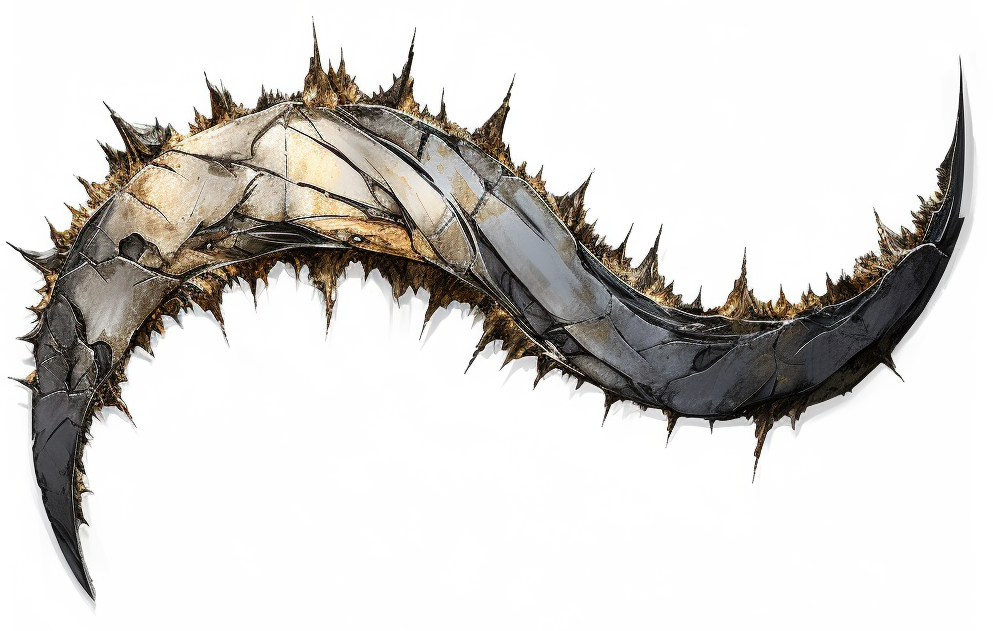
Canonwatch: † from the Pathfinder setting; ‡ Homebrew. Canonwatch: ‘Officially’, only modrons, rilmani and slaadi are true outsiders from these in the D&D canon. Formians exist in Arcadia in 2e, and 3e promoted them to replace the modrons, which I don’t think was necessary. 3e also introduced the inevitables, which were only a single creature represented by the marut in original Planescape. Adding in the aeons, proteans and psychopomps from Pathfinder is easy, and the name ‘monitors’ comes from the fantastic PF1e Concordance of Rivals book. But then fleshing out the four in-between planes, Arcadia, Acheron, Ysgard and Pandemonium… that’s harder. The thriae are a very cool race from Pathfinder (inspired by Greek mythology) who fit perfectly in Arcadia. Acheron is tricky, and perhaps the bladelings fit there, but perhaps also the original outsiders from the plane were all killed or migrated away? I’ll write more on that later, I think. For Ysgard, the valkyries are an obvious choice, but I also like the idea of ever-warring giant kaiju out there in the earthberg-strewn void. For Pandemonium, that needs to be something insidious and nasty. I have some thoughts, and will come back to this another time! I’d love to hear any suggestions you might have… Jon
